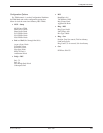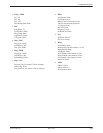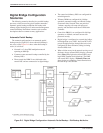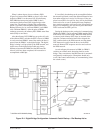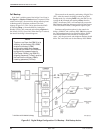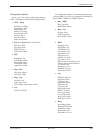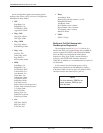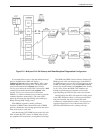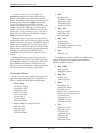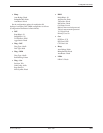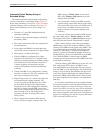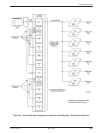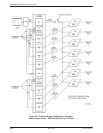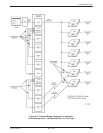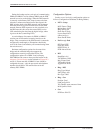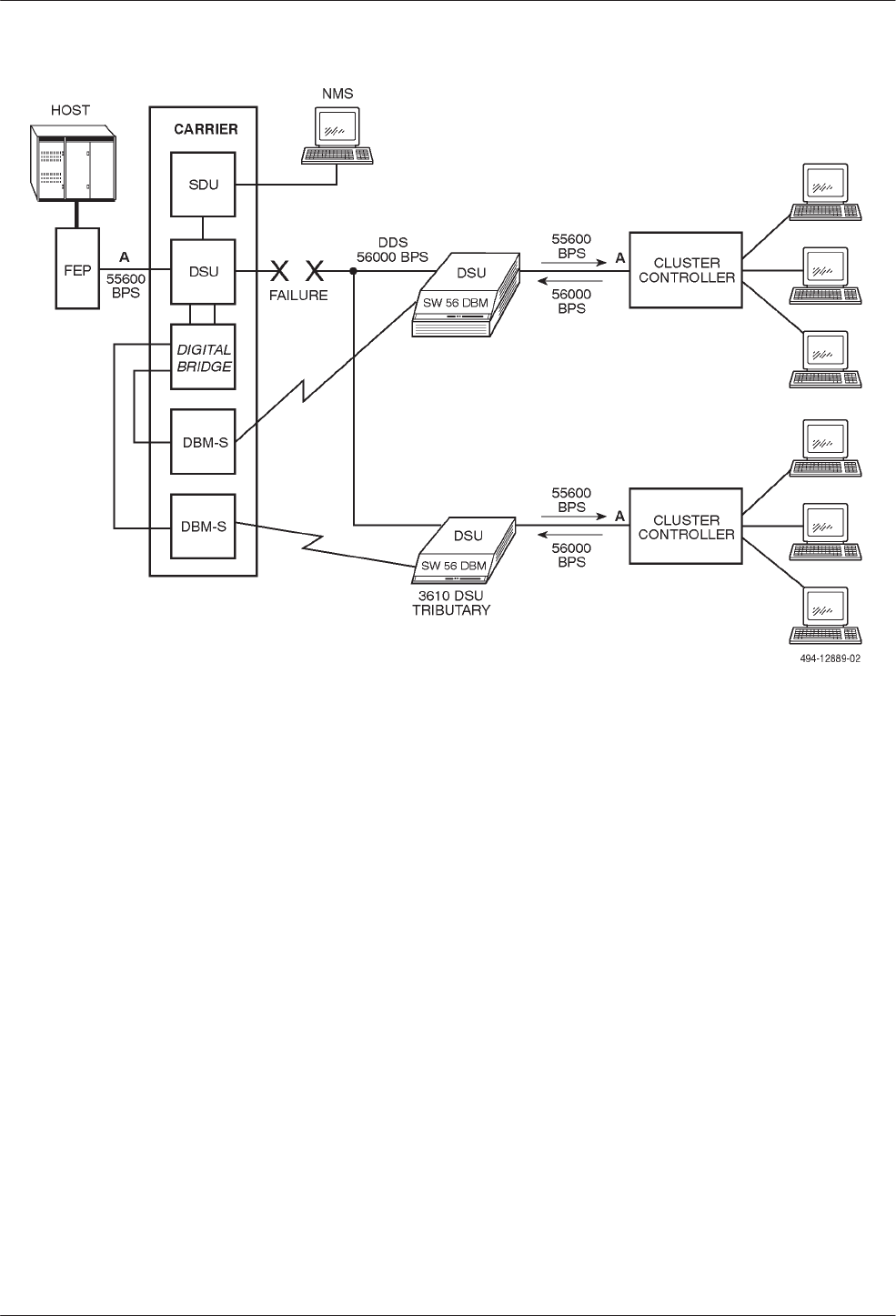
Configuration Scenarios
D-113610-A2-GB41-60 March 1999
Figure D-6. Multipoint Full Dial Backup with Nondisruptive Diagnostics Configuration
If a network failure occurs so that the multipoint drops
are lost, the 6800 Series NMS will display a
Tributary Time-out alarm for the tributary DSUs, and a
Facility Alarm for the control DSU. The operator then
issues an sf command and originate in the Standby
Facility State field to the control DSU, followed by a dial
command, then the sf command and originate in the
Standby Facility State field to each of the control
DBM-Ss. (A routine command can be created to issue the
command sequence automatically.) The control DSU
reports by activating the digital bridge and switching to
Bridge Timing (Brdg Timing: Auto).
Each DBM-S responds by dialing a tributary
Switched 56 DBM. When connected, the pair of DBMs
perform a handshake and exchange passwords, then enter
Data mode (ready to send data).
After the tributary DSU-DBM has set up the call, each
DSU switches the DTE’s data to its DBM. After all calls
are completed, full restoration is accomplished at 56 kbps.
The DBMs (the DBM-S and its tributary Switched 56
DBM) provide valid call setup messages to the NMS. If
the NMS does not receive a valid call setup message from
a DBM, the NMS operator issues another dial command,
followed by the sf command and originate in the Standby
Facility State field to the DBM. This completes the
backup circuit and the host computer can restart the
network polling; the FEP line may need to be restarted.
During backup, the DSU still reports the facility alarm
to the NMS. When the failure is corrected and the DDS
network is restored, the alarm is turned Off at the
workstation’s Alarm Monitor window. You can issue an
aggregate Digital Test to one of the tributary DSUs to
ensure that the DDS network is working correctly.



